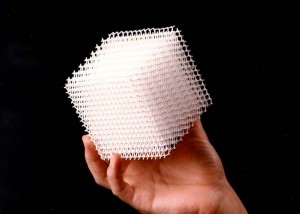Rapid prototyping has gone from a cool technology to an industry expectation, and if you’re not prepared to deliver your ideas in a hurry, you’ll be left behind while your competition lands new business.

Rapid prototyping defined
In education circles, rapid prototyping has turned a linear learning process on its ear by starting the prototype from the beginning, and then allowing the prototype to develop until it meets the user’s requirements. As a result, lessons are learned along the way. Instead of a linear learning approach, it’s a “spiral” that circles out for new knowledge and then comes back to the prototype when improvements are made.
Using technologies like 3D printing, Computer-Aided Design (CAD) and stereo lithography, a manufacturer can work hand-in-hand with a designer with a real prototype present. Therefore, everyone has a clear view of the product as it develops. If you’ve ever worked with someone who said, “I just can’t see it,” rapid prototyping can help with that issue.
The benefits
Perfecting the imperfections – 3D simulations and the ability to produce physical parts inexpensively will give you the chance to correct mistakes and refine the component to improve production efficiencies. This will all happen before final production when flaws can cost you big time.
Adding functionality – Designers and engineers always want to push their products to the limit by adding complexity. Rapid prototyping makes this easier by allowing you to build in functionality and see how the product will come together and operate.
Go faster – Rapid prototyping gives a company the chance to change its mind before the project gets too expensive. Products can be developed, tested, redesigned, changed and moved into production within a computer system or by “printing” inexpensive models. Rapid prototyping also speeds up the process of a line extension or moving brand new products to market.
The technologies at Product Development Solutions will move your company forward. Contact us, and let’s get started on your best project.
